The Gripping Story of Dunkirk
In 1940, during World War II, Dunkirk was forever put on the map and the history books as an influential and historical landmark. These events are seen largely as a miracle that tipped the scales of the entire war. Whether you’re looking to visit this French city, or you’re just a history buff interested in learning more about the events of the second World War, check out these interesting details about Dunkirk.
Dunkirk, the movie (2017)
Christopher Nolan directed a movie about the events that took place on the beaches of Dunkirk. The movie follows the historical events of one of one of the most influential events in World War II; the evacuation of British and French troops from the beaches while under German attack

The film stars such actors as Tom Hardy, Cillian Murphy, and Harry Styles. Nolan has directed other movies such as The Dark Knight, Inception, and Interstellar. Because the events of Dunkirk are so well-documented, Nolan was able to tell the story with great accuracy. This is a great way to learn more about Dunkirk and the events that took place there.
A Titanic Survivor also helped save soldiers from the coast of Dunkirk
Charles Lightoller was an officer who happened to be present for 2 incredibly important oceanic events in history: the Titanic and Dunkirk. Lightoller was an officer aboard the Titanic who helped evacuate people in lifeboats. He stayed aboard until the final moments before the ship sank.
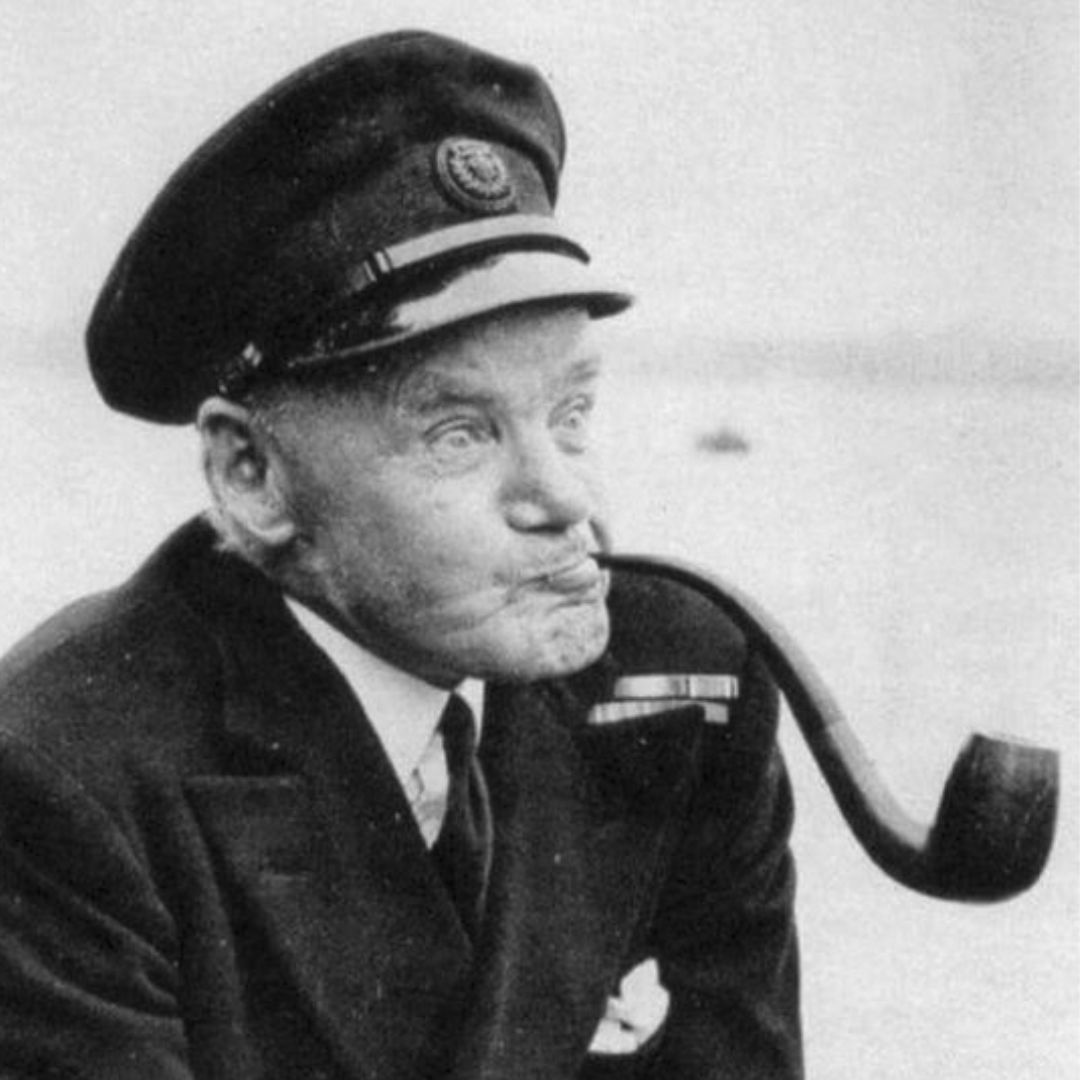
After the sinking of the Titanic, he continued his career on the ocean. During World War II he had a ship called the Sundowner which was used in the rescue mission of British and French troops. Many people believe the character of “Mr. Dawson” in Christopher Nolan’s film Dunkirk is based on Lightoller.
Appeals were Made for Any Ships to Help (Little Ships of Dunkirk)
The Little Ships of Dunkirk was a group of over 700 private boats that were asked to sail to Dunkirk to assist in the rescue of more than 330,000 stranded British and French soldiers. They needed small ships that were able to get through the shallow water to rescue the troops from the beaches. These boats included fishing boats, recreational boats, shipping boats, private yachts, etc.
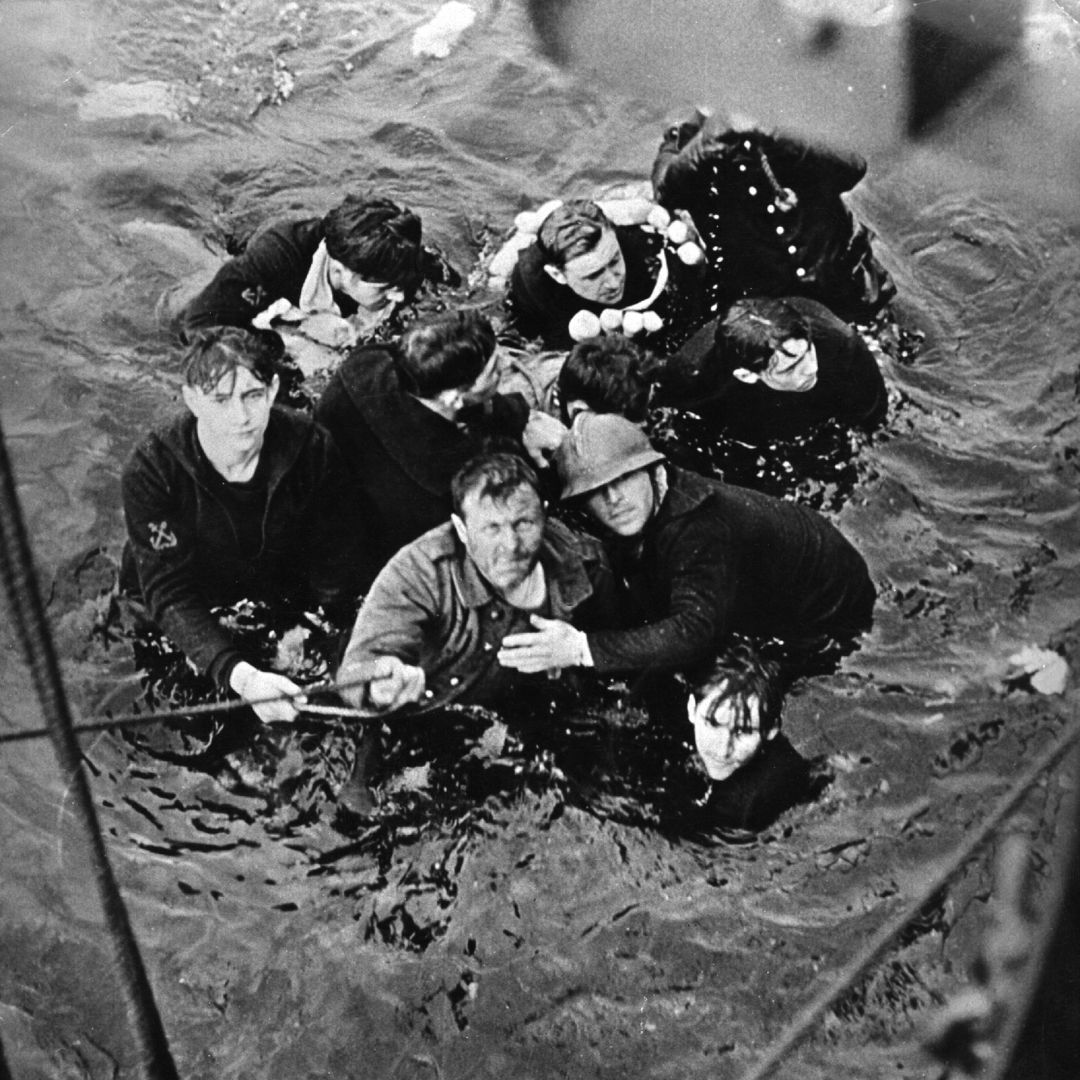
The Little Ships of Dunkirk were responsible for saving many troops that had almost lost hope and were one of the biggest factors in why Dunkirk is seen as a success today. It was also a great boost of morale for troops that civilians risked their lives to save the stranded men, and succeeded.
The Success of the Evacuation was not Anticipated
The successful evacuation of more than 330,000 allied troops was not expected or anticipated. The Little Ships of Dunkirk which saved the many men were civilian boats. Many were manned by the owners themselves who did not have any military experience.
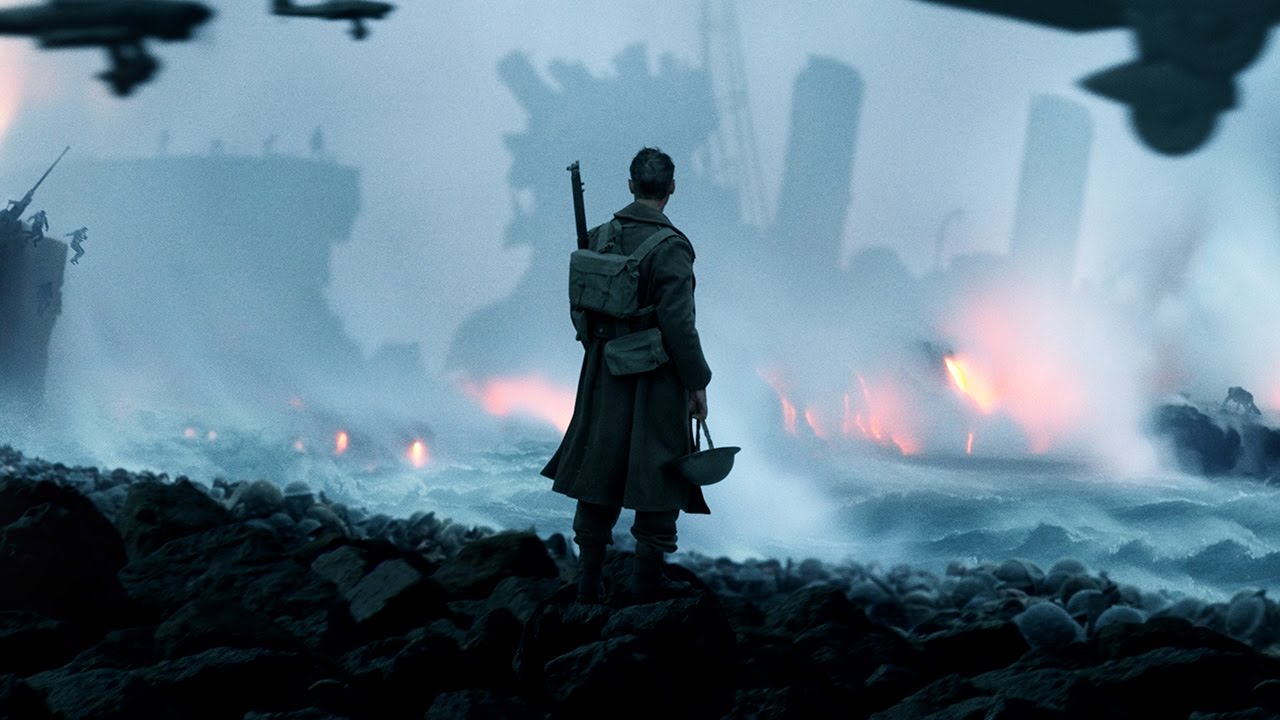
Meanwhile, the allied troops were under constant attack by the German army. Initially, they only expected to be able to save 45,000 men in such a short window of time. This is why the evacuation is widely regarded as a surprising success.
German Stukas had Built-in Sirens to Evoke Fear
Stukas is the german word for what we know as dive-bombers. These small planes were flown directly at their target to accurately direct bombs to the British and French troops stranded on the beaches of Dunkirk, leaving no room for escape.
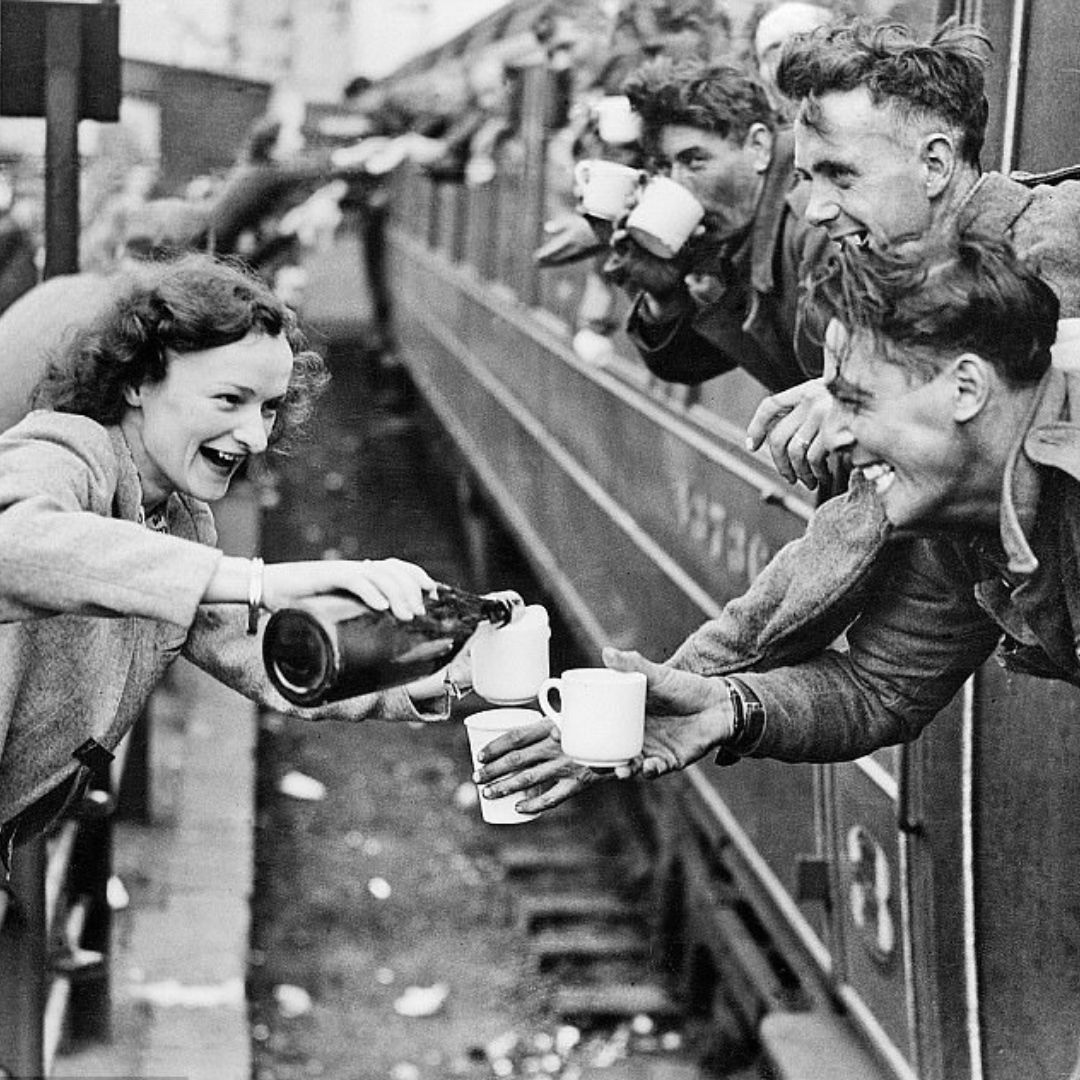
They became one of the most recognizable aircrafts of the war because of the ear splitting siren that accompanied them. The Germans built sirens into the machines that were designed to spread fear and terror among the allied troops.
A National Day of Prayer was Declared
On the day before the evacuation operation, King George VI Declared a national day of prayer. This was a plea for divine intervention to help save the stranded British and French allies. This is one reason many people refer to Dunkirk as a “miracle”.
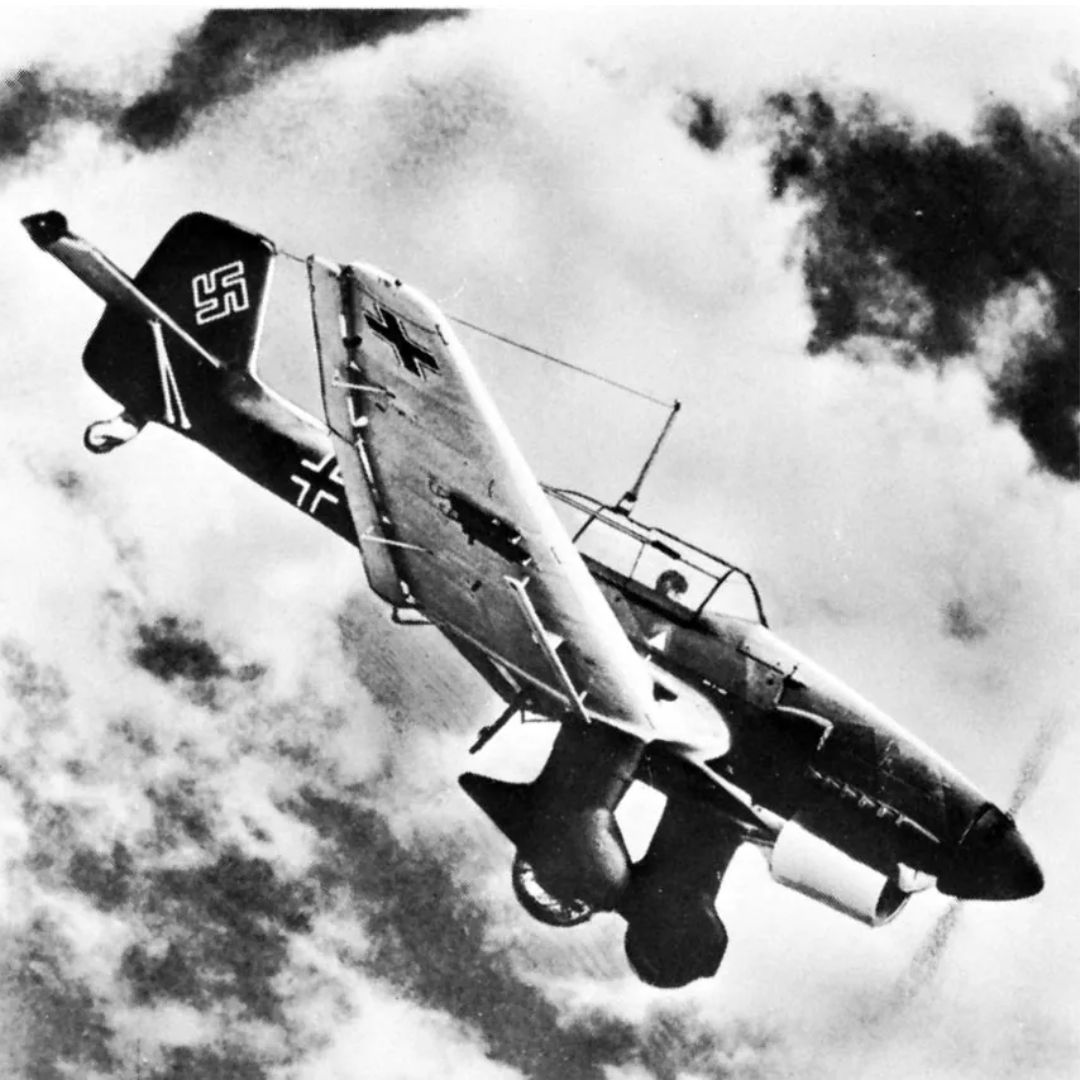
Winston Churchill, himself, encouraged the phrase “the miracle of Dunkirk”. Many people credit the victory of the escape mission to the day of Prayer King George VI declared the day prior.
Many Supplies were Left Behind for the Germans to Use
Not everyone considers Dunkirk to be a success. While many men were saved form the beaches, tons of equipment was left behind for the Germans to take advantage of. It is estimated that 76,000 tons of ammunition, 400,000 tons of supplies, and 2,500 guns were left behind in Dunkirk.
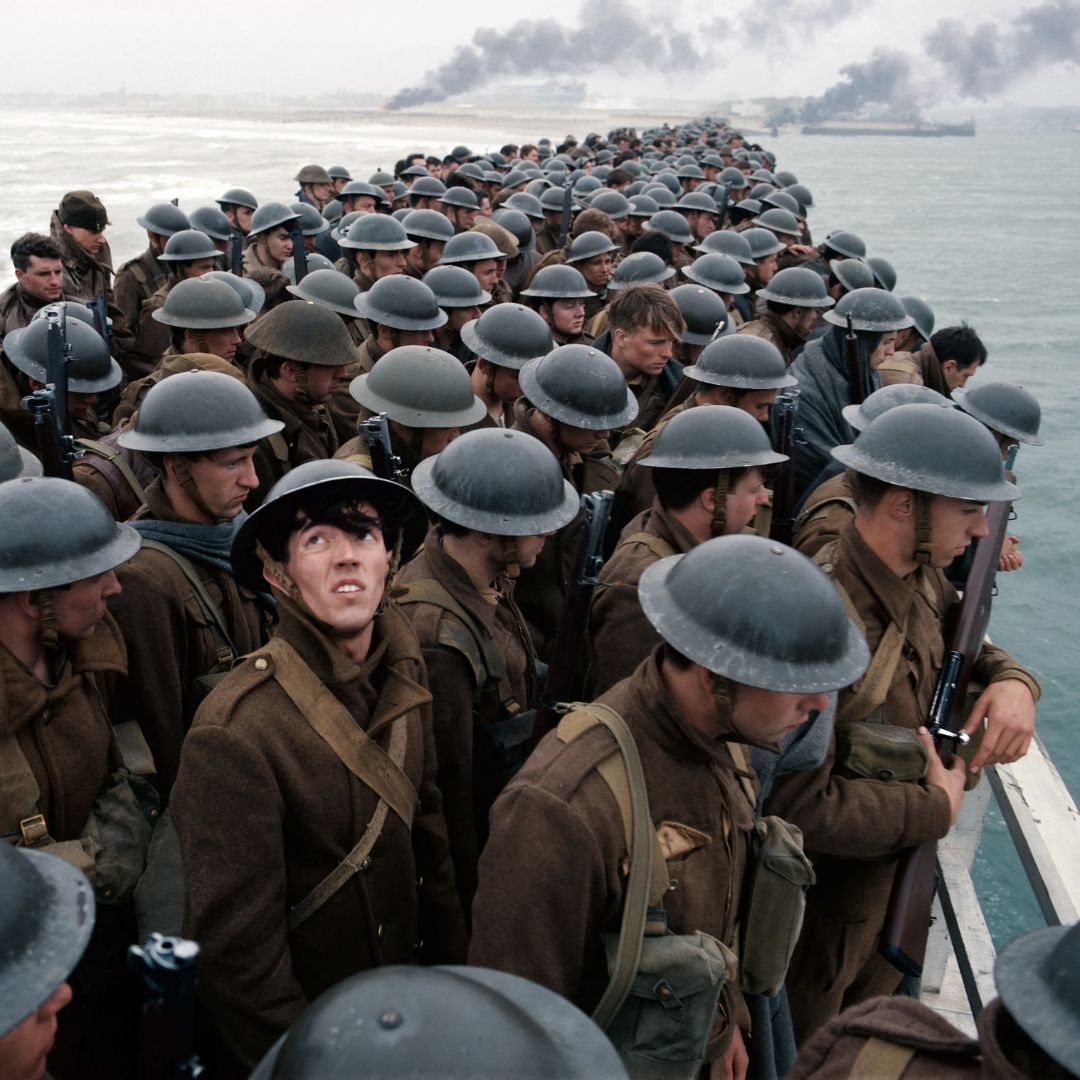
In addition, machine guns, tanks, motorcycles, and motor cars were abandoned as well. Officers told troops to try and burn or destroy their vehicles so that they would be unusable to German troops.
Hitler Ordered a Halt Order
One great mystery in history is why Hitler ordered his troops to stop advancing for 48 hours. These 2 days provided Allied troops with a critical window that made the great evacuation possible.
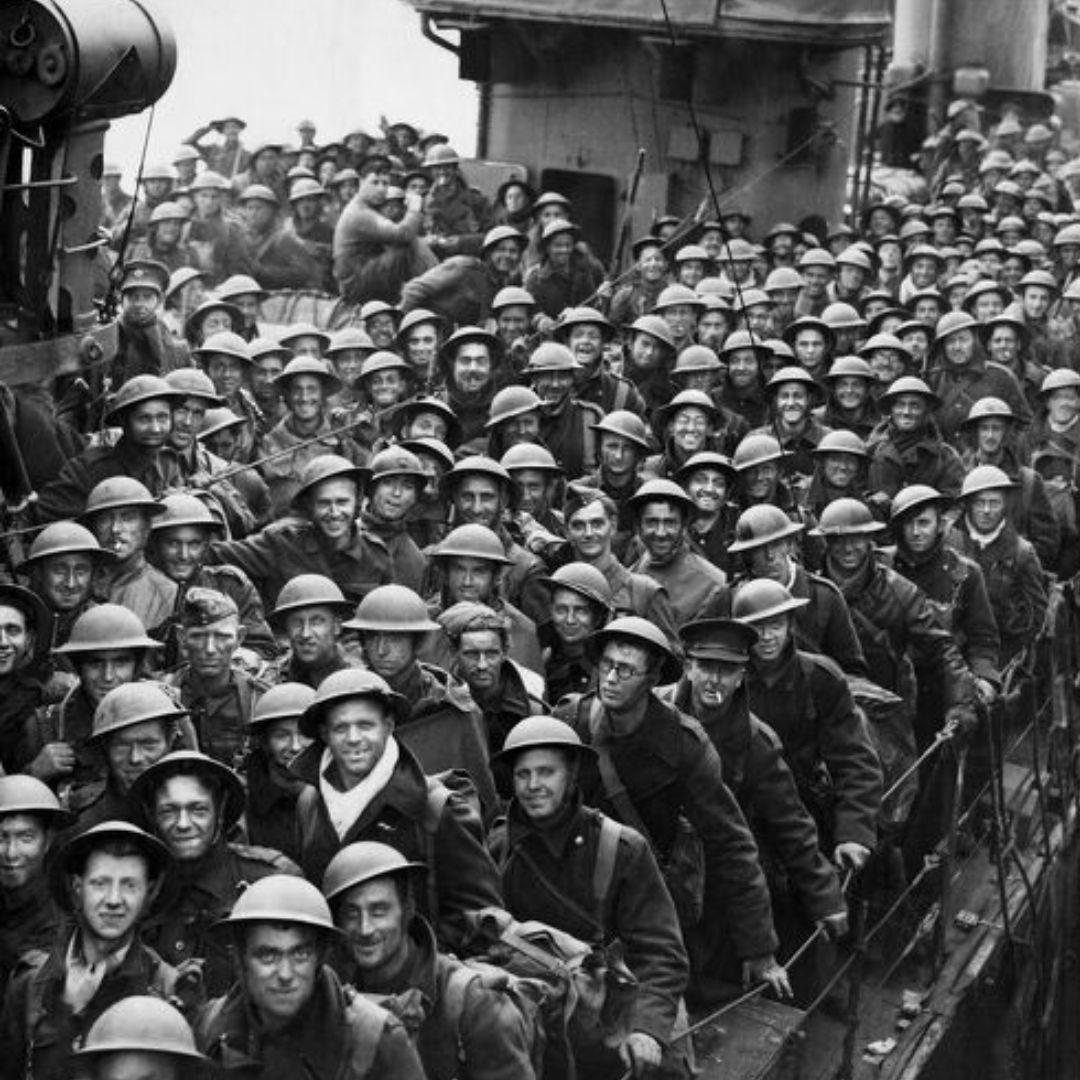
Historians can only speculate what the intention behind Hitler’s halt order was. Some conspiracy theorists believe he was taking mercy on the troops. But this has largely been debunked. Most historians agree it was his lack of military experience that resulted in a bad call.
Troops Waited Patiently to be Evacuated
Onlookers, officers, and soldiers that were present note the patience of troops lined up to board the rescue boats. One soldier, Alfred Baldwin, recalled that it was almost as if the troops were waiting to get on a bus, which is incredible considering the conditions they were in.
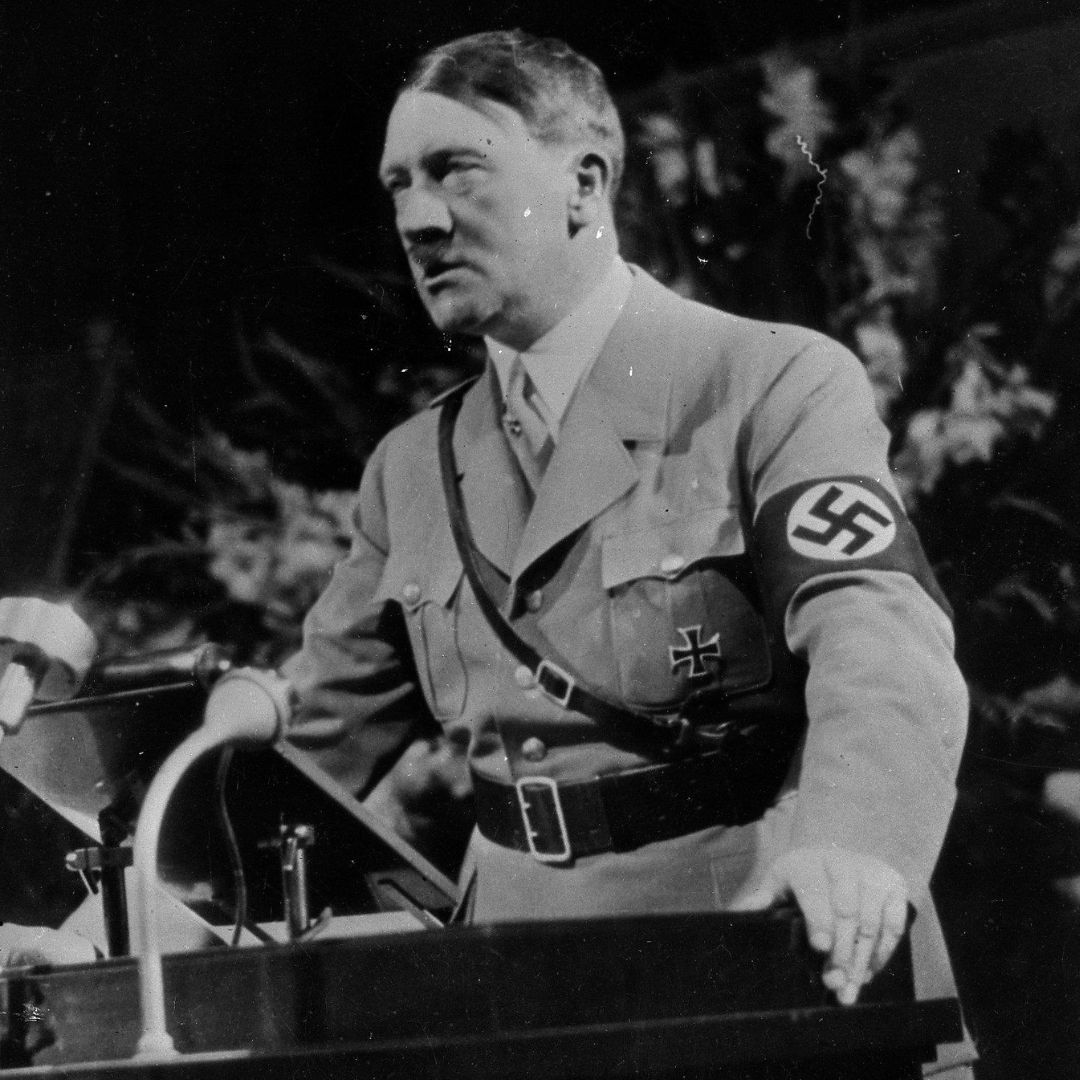
He notes that it was remarkable that there was no pushing or shoving to get onto boats. Especially because German bombs were going off all around them. For those troops to wait patiently in a war zone shows incredible resilience. It is also a major reason that so many men were able to be rescued.
The Medway Queen
The Medway Queen was one of the first civilian ships to be sent over to Dunkirk to assist in evacuations. The Medway Queen was one of many paddle steamers that was commissioned to assist. This ship completed 7 trips back and forth and ended up saving more than 7,000 men alone over the course of the rescue.
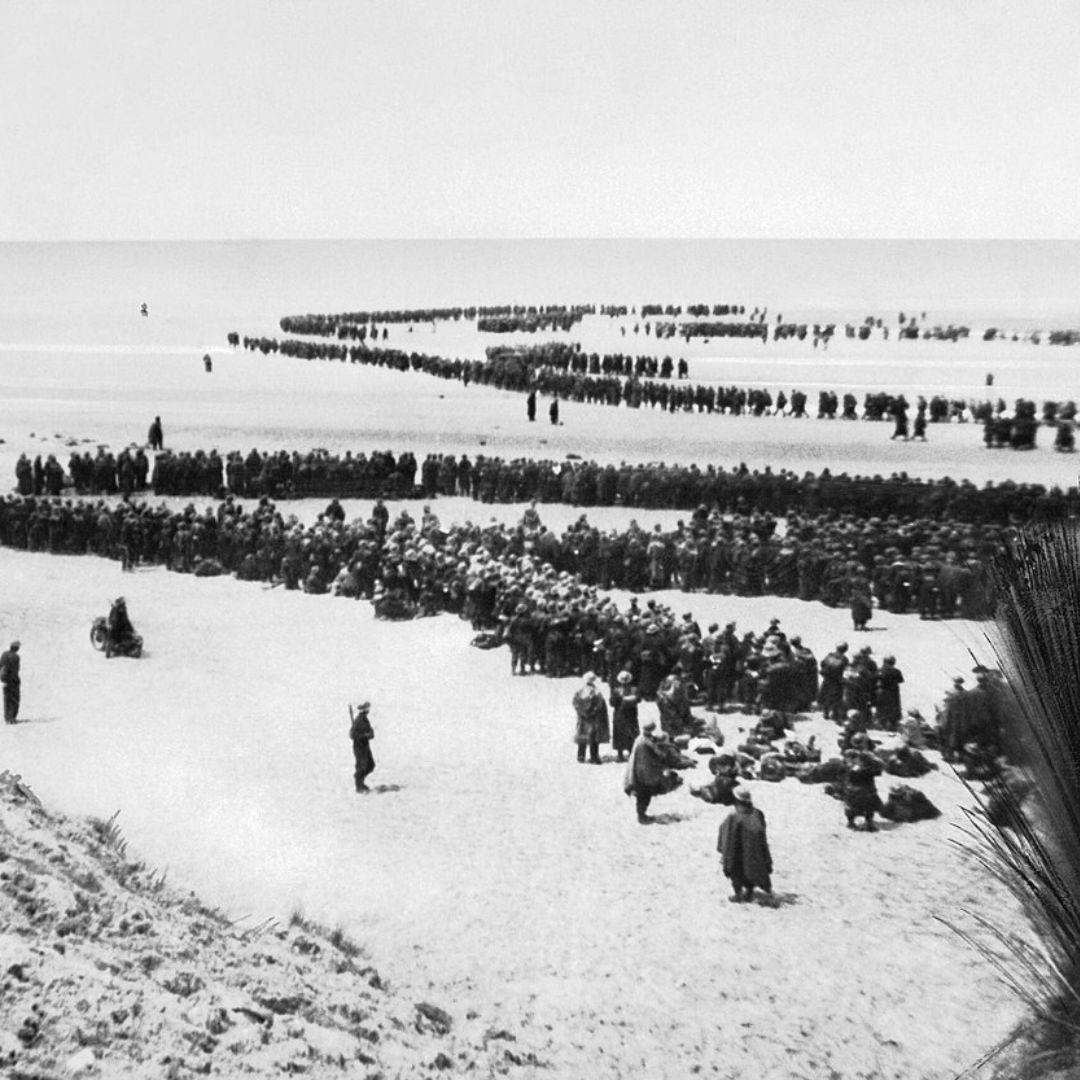
When another civilian ship was sinking, the Medway Queen saved every passenger, resulting in no loss of life. Today, pieces of the ship are kept in a museum to commemorate the important role she played in the rescue operation.
The Evacuation Inspired one of Churchill’s Most Famous Speeches
Winston Churchill was the prime minister for most of World War II and is responsible for the organization of the Allied strategy in the war. He gave one of his most famous speeches as a result of the successful rescue mission.
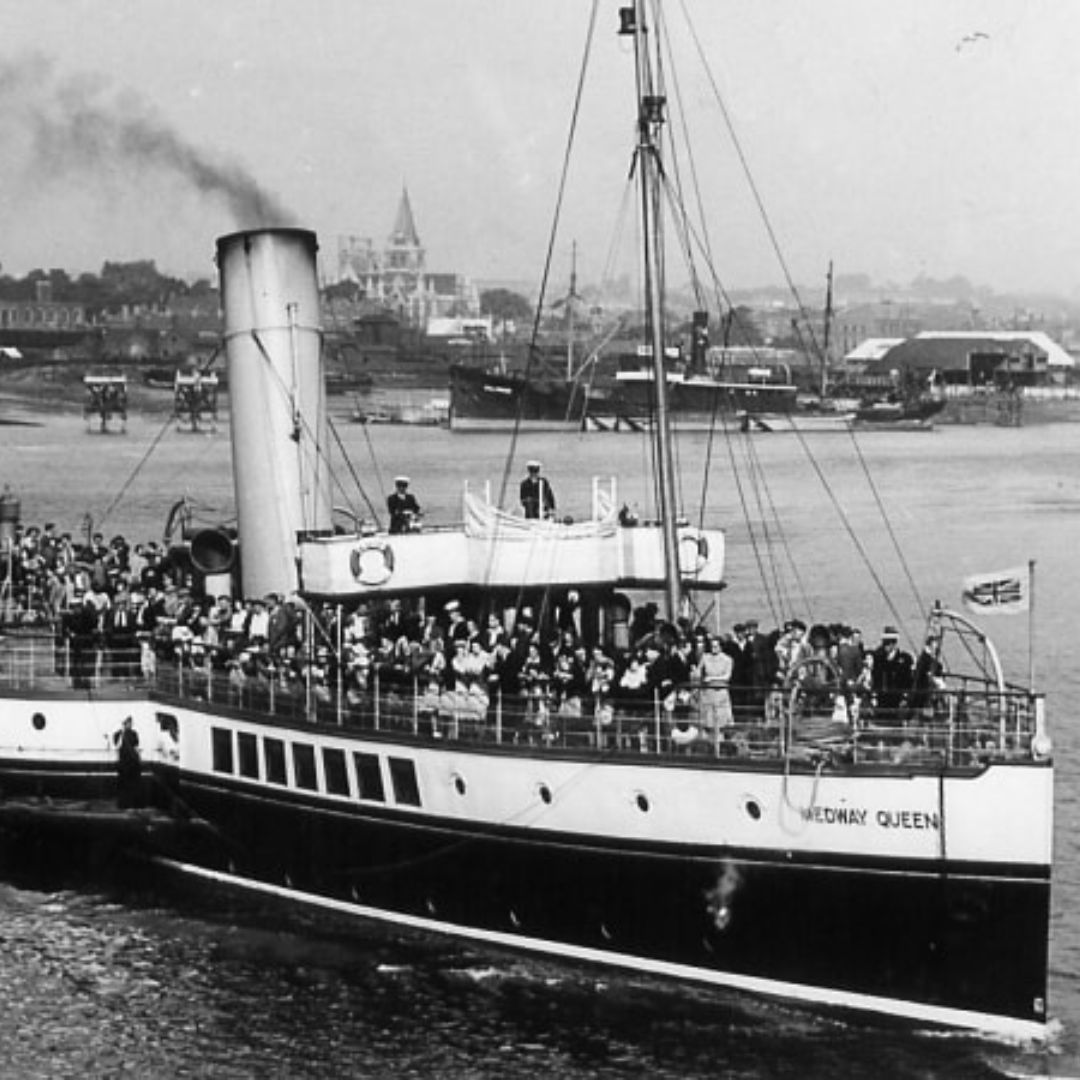
In this speech he captures the “Dunkirk spirit” of British troops who were saved: “We shall fight them on the beaches, we shall fight on the landing grounds, we shall fight in the fields and in the streets, we shall fight in the hills. We shall never surrender!”
